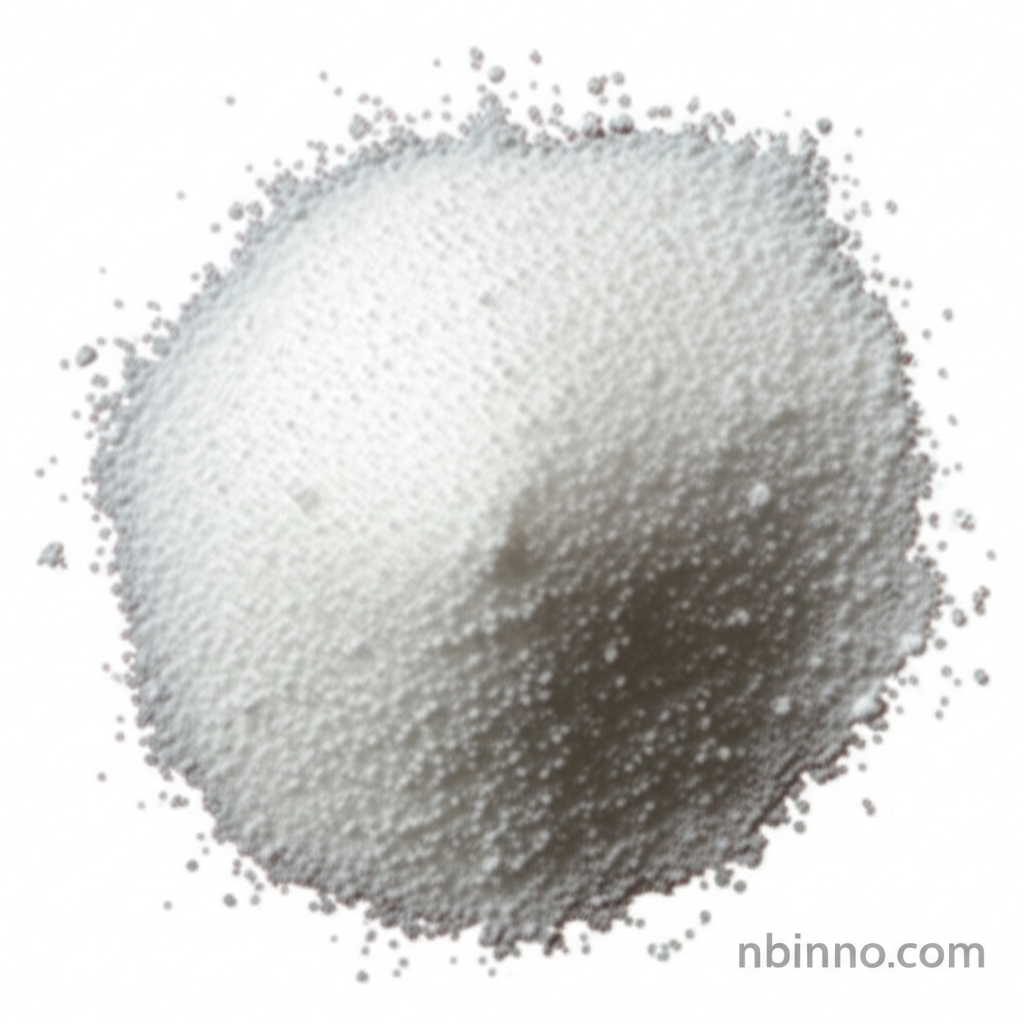2,4-Dichloro-5-fluoro-3-nitrobenzoic Acid: A Key Intermediate
Discover the properties, synthesis, and critical applications of this vital chemical building block.
Get a Quote & SampleProduct Core Value

2,4-Dichloro-5-fluoro-3-nitrobenzoic Acid
This compound is a highly specialized chemical intermediate, primarily utilized in the synthesis of advanced pharmaceutical materials and diagnostic reagents. Its unique molecular structure, featuring strategically placed chlorine, fluorine, and nitro groups on a benzoic acid core, makes it an invaluable precursor for complex organic syntheses.
- Explore the critical role of 2,4-Dichloro-5-fluoro-3-nitrobenzoic acid in developing new pharmaceutical compounds.
- Understand the specific chemical properties, such as its melting point of 193-197 °C, that dictate its handling and application.
- Learn about the synthesis pathways for 2,4-Dichloro-5-fluoro-3-nitrobenzoic acid, essential for reliable production.
- Discover how this fine chemical intermediate contributes to the innovation in diagnostic reagent development.
Advantages of Using This Intermediate
Synthesis Versatility
Leverage the reactivity of 2,4-Dichloro-5-fluoro-3-nitrobenzoic acid to create a diverse range of complex molecules, crucial for pharmaceutical intermediates.
Purity and Reliability
Ensure consistent results in your research and development with a chemical known for its high purity and reliable performance in synthesis applications.
Key Building Block
Utilize this benzoic acid derivative as a fundamental building block in the creation of novel materials and compounds within the fine chemical sector.
Key Applications
Pharmaceutical Synthesis
As a critical pharmaceutical intermediate, this compound is instrumental in the multi-step synthesis of active pharmaceutical ingredients (APIs) and drug candidates.
Diagnostic Reagents
Its specific chemical structure makes it suitable for use in the development and manufacturing of specialized diagnostic reagents, vital for medical testing.
Organic Chemistry Research
Researchers in organic chemistry often employ this molecule as a starting material or intermediate for exploring new reaction pathways and synthesizing novel compounds.
Material Science
Potential applications extend to material science, where its unique properties could be leveraged in the development of new functional materials.
